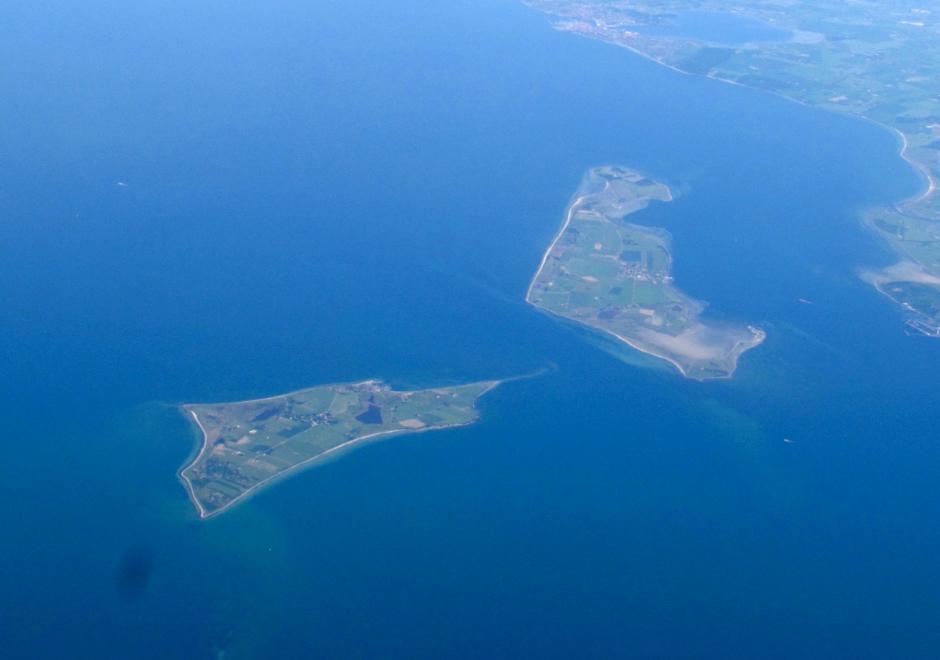DC-06 - Sample size selection

- Determine the minimum number and distribution of point samples for a given study area and a
- Determine minimum homogeneous ground area for a particular application
- Describe how spatial autocorrelation influences selection of sample size and sample statistics
- Assess the practicality of statistically reliable sampling in a given situation
- given statistical test of thematic accuracy




DC-08 - Sample intervals